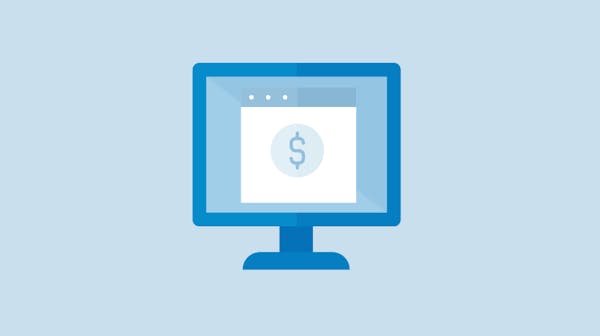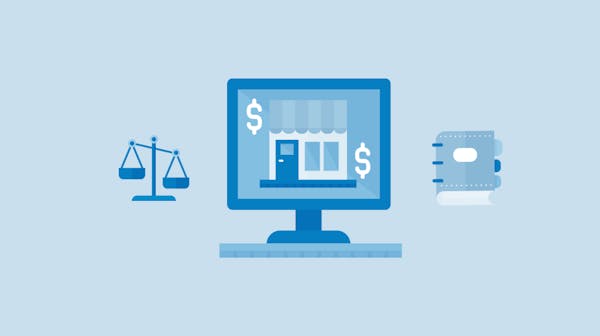In the dialogue of invoice vs receipt, an invoice manifests as a request for payment before the transaction completes, whereas a receipt provides proof of payment post-transaction. However, both documents play distinct, vital roles in legal, financial, and relationship aspects of business dealings.
Navigating the Legal Landscape: The Crucial Role of Invoice vs Receipt in Transactions
Understanding the role of invoices and receipts in the legal framework of financial transactions is crucial for business owners. In invoice vs receipt considerations, an invoice is essentially a bill dispatched to the customer listing the amount due and conditions of payment before any financial transaction takes place. This document is legally significant as it symbolizes the seller's right to payment. For example, if a client fails to pay an invoice as agreed, the document can serve as evidence in a legal dispute.
On the other hand, the concept of a receipt in the invoice vs receipt dynamic functions as indisputable evidence of a completed transaction, ensuring that payment has transparently taken place. In tax documentation and potential audits, having both the invoice—which shows income—and the receipt—which confirms that income—can be incredibly important. Keeping both documents is integral, as they become part of the financial story of a business.
Example: Imagine a freelancer who faces late payments - it's their issued invoice, with clearly noted payment terms, that legally supports their right to enforce those terms or to charge late fees.
Tip: Always retain copies of invoices and receipts. They are as important for legal protection as they are for financial records.
Enhancing Client Relationships Through Documentation
Effective communication with clients through your use of invoice vs receipt documentation can greatly strengthen your professional relationships. Issuing precise, detailed invoices, which are central in the invoice vs receipt comparison, informs clients of their obligations and contributes to setting a professional tone. The invoicing process is a direct communication line that can greatly influence client expectations and satisfaction.
When the payment is completed, providing a receipt is not just about acknowledging payment; it's about building trust and expressing gratitude. Keeping clear documentation like this can resolve many client concerns before they become issues.
Example: When a client questions a charge, having a detailed invoice can help clarify the service provided, preventing miscommunication and potential conflict.
Tip: Keep the language on your invoices polite and assertive—this conveys respect and professionalism while ensuring that the business terms are clear.
Cash Flow Management with Timely Invoicing and Receipting
Prompt invoicing, pivotal in the conversation of invoice vs receipt, after delivering a service or product is crucial for managing your business's cash flow efficiently. As highlighted, the longer the interval between the completion of work and the issuance of an invoice, the longer your business waits for payment, which can cause unnecessary cash flow constraints. Similarly, issuing receipts as soon as the payment is received offers instant confirmation of cash inflow, aiding in accurate budget planning and financial clarity.
For enterprises seeking to refine their invoicing efficiency, central to invoice vs receipt management, InvoiceOnline presents a user-friendly solution for rapid invoice creation. This immediate approach to billing aligns with the recommendation to embrace technologies that save time and support healthier cash flow for your business.
Swift and efficient invoicing can create an environment where clients pay promptly, while punctual receipting can strengthen relationships with suppliers by ensuring you can pay them on time.
Example: A business that moved from manual to electronic invoicing noted a significant decrease in average payment times, illustrating the cash flow benefits of digital processes.
Tip: Embrace technologies that offer electronic invoicing and digital receipting. They not only save time but also support a healthier cash flow for your business.




